Several recent articles published in ASPI’s The Strategist have advocated for Australia to join the B-21 bomber program. But even if we get US Congressional approval, is the B-21 the answer to our lack of a long-range strike option?
The B-21 is still on track to achieve an average procurement price per unit of US$550 million in 2010 dollars. Adjusted for inflation, that increases to roughly US$700 million. Even if Australia could purchase several aircraft for the same price, it would still cost close to a billion Australian dollars apiece to acquire, and we would need to buy a number of them. ASPI’s Marcus Hellyer suggested Australia could buy a squadron of 12 to allow for a reasonable sortie rate. The easy math suggests this would cost Australia $12 billion, but that is just the cost of acquisition.
All aircraft require constant and expensive maintenance, and we must also account for potential war losses if an enemy’s A2/AD envelope is more effective than anticipated. The US Department of Defence expects sustainment costs for the B-21 to equal US$114 billion for a 100-airframe fleet over an expected 30-year life cycle. If that figure holds, that is a sustainment cost to Australia of almost $20 billion over 30 years for a total acquisition cost of $32 billion in 2022 dollars. That is a lot for a fleet of 12 aircraft.
In the same article linked above, Marcus Hellyer suggested that two flights of three B-21s could sortie per day each carrying 10 missiles. This would presumably be the AGM-158C long-range anti-ship missile. Australia is in the process of acquiring a number of these weapons for an undisclosed price per unit, but this could be $5 million or more per missile. Each sortie could cost tens of millions for the weapons alone. Australia has only committed to buying $800 million worth of missiles and associated equipment so far. At a reasonable sortie rate against a well-defended adversary, we would expend our stock in days. If a war with China were to last beyond that, we would have an extremely expensive capability that was unable to deliver much of anything in defence of Australia.
China has rapidly improved its A2/AD capability, and in the event of a conflict, would seek to increase that envelope as far from its coast as possible. Chinese warships like the Type 055 feature a large number of vertical launch cells providing them with the capability to shoot down swarms of incoming missiles. And with the F-35’s limited range, the B-21 would need to rely on its stealth to get close enough to strike targets in the South China Sea. If that stealth can be countered in some way, they could be vulnerable to counter-fire by active radar or heat-seeking missiles.
The protection of our maritime approaches is what the RAAF and RAN should primarily focus on. Does it make sense to spend over $30 billion on a capability that could expend its primary weapons in days and is designed to penetrate deep into enemy territory on long-range missions?
The first five B-21s are currently under construction with the first expected to be rolled out to the public later this year. The first flight is expected several months later, perhaps late this year or sometime in 2023. For its predecessor, the B-2, public rollout took place in November 1988, first flight in July 1989 and the first delivery in December 1993. If Northrop Grumman can match this same schedule, the first production B-21s won’t be delivered to the US Air Force until around 2026 or 2027.
Australia would likely need to wait longer before the first B-21s were delivered as the US would seek to build up its fleet before commencing deliveries to a customer. If Australia were able to buy into the B-21 program, it could very well be another weapons system that won’t see service in the Australian Defence Force until deep into the 2030s.
Australia has not operated any type of bomber since the retirement of the F-111 fleet in 2010, and you can argue that Australia hasn’t operated a true long-range bomber for decades. There is a lot of institutional knowledge that does not exist in the RAAF today. Our pilots spent several years learning to operate the F-35, how long would it take us to turn the B-21 into an effective weapon? Could the B-21 be operational in the RAAF before 2035?
The B-21 represents the pinnacle of what Australia has sought to acquire this century, the best possible option seemingly regardless of cost. It is also difficult to trust the government’s acquisition process given the collapse of the Attack-class program and the recent Hunter-class issues. Defence has a wine taste on a beer budget and perhaps it is time for a change. Instead of pinning our hopes on a world-class capability that won’t arrive for years, we should ensure that Australia has the weapons to meet the threats we face today and in the near future.
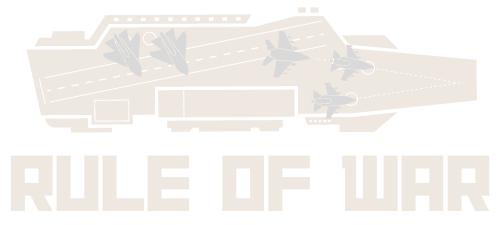
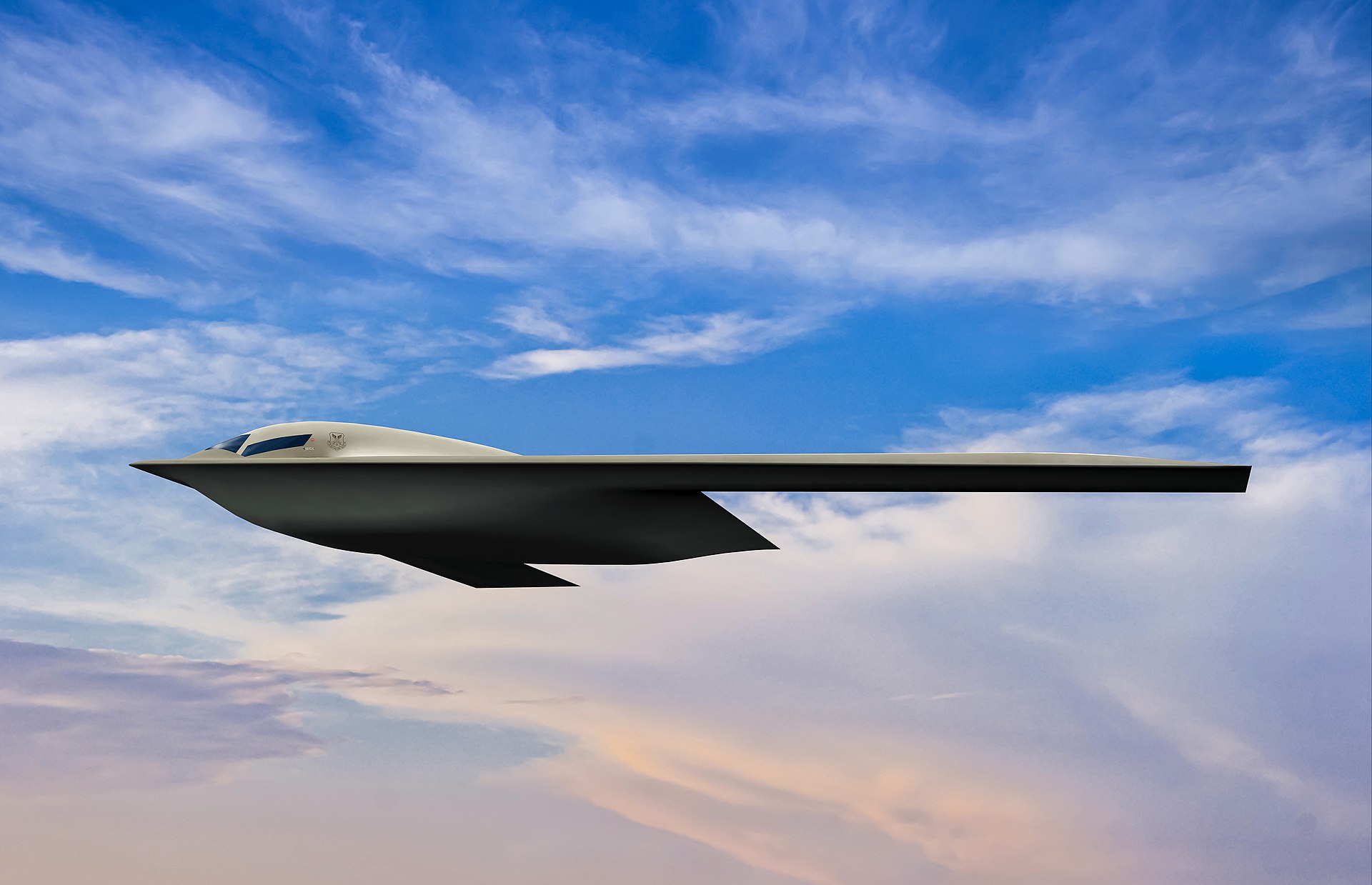
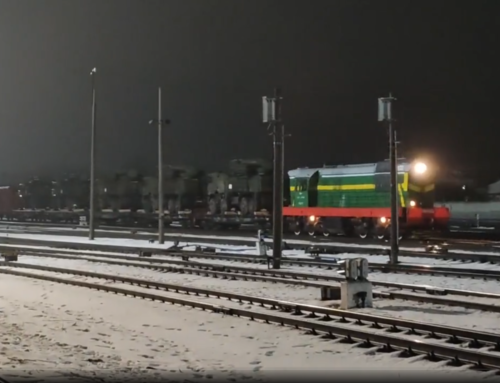
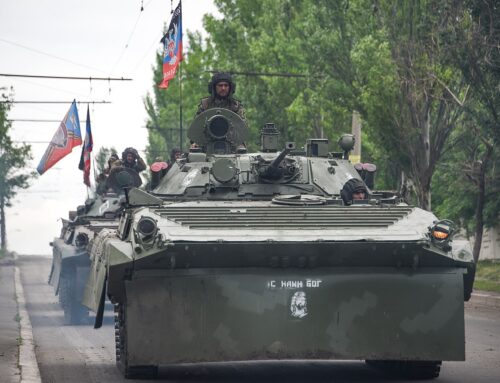
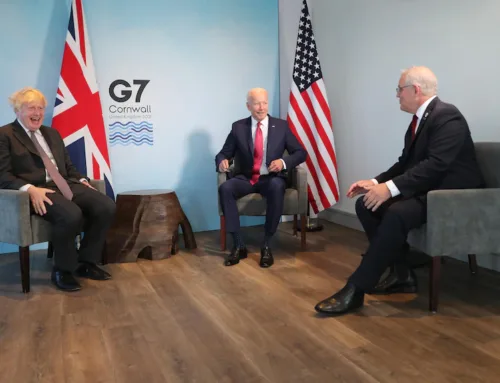
Leave A Comment